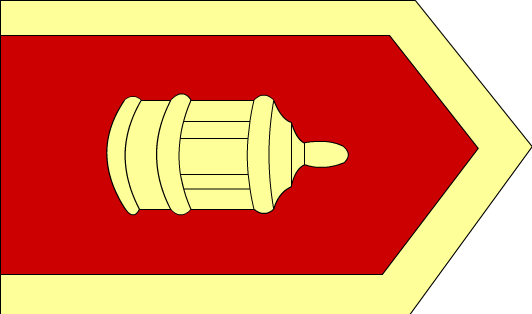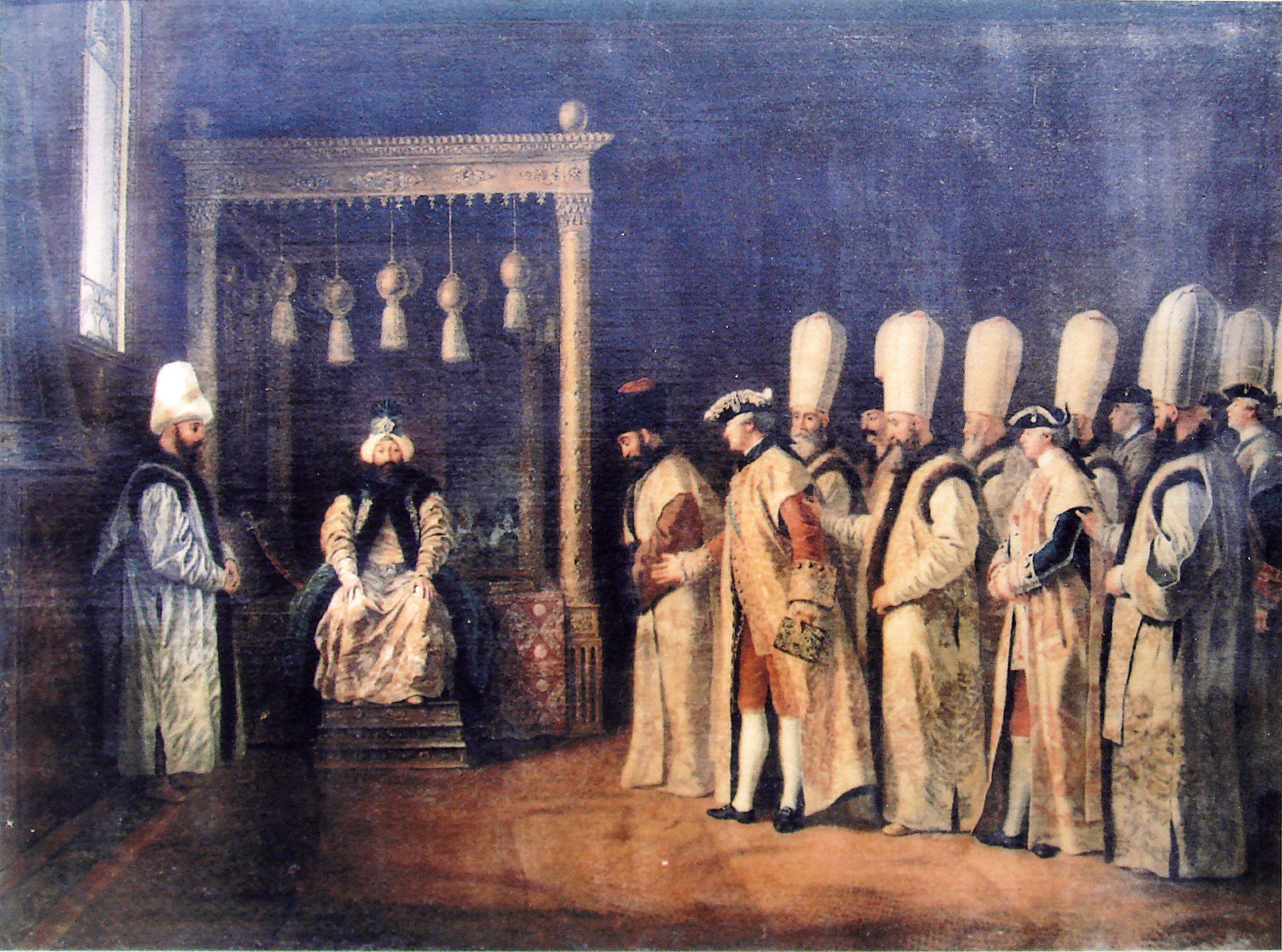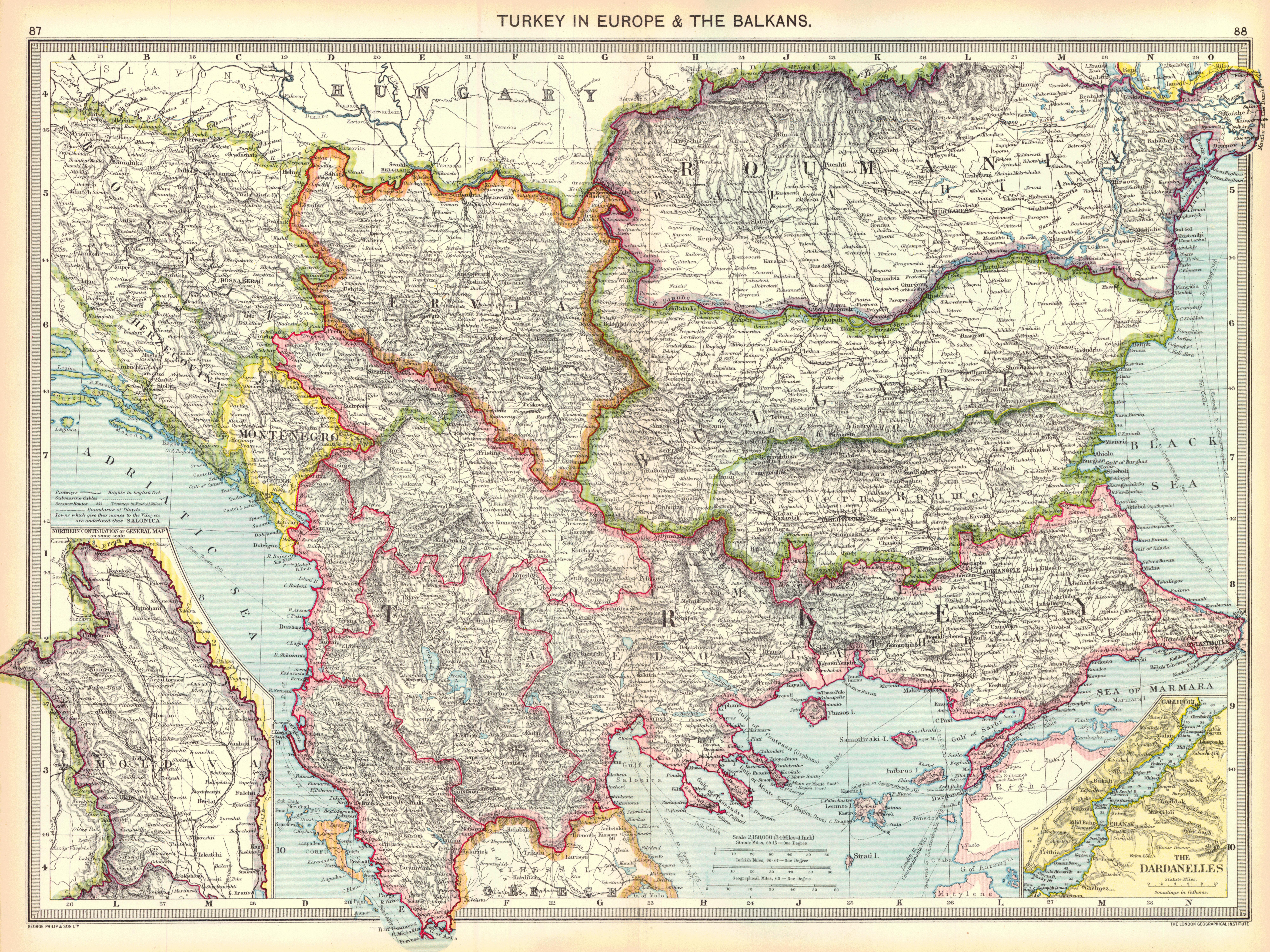|
ŇěemsipaŇüa Primary School
ŇěemsipaŇüa Primary School, founded in 1758, is the oldest primary (elementary) school in Istanbul's √úsk√ľdar district. History Background (1731‚Äď1758) The progenitor of ŇěemsipaŇüa Primary School was the HumbaracńĪ Barracks, opened in 1731. While the former premises of the Palace of Ayazma, destroyed the barracks in the reign of Mahmud I opened in the empty plot. 3 years later (in 1734), opens in the Muhendishane-i Humayun. Ayazma Mosque, built in 1758 instead of the Palace of Ayazma. Ayazma Primitive School, built in 1758 instead of the Muhendishane-i Humayun. Founding (1758‚Äď1842) ŇěemsipaŇüa Primary School, in 1758 by Mustafa III has become primitive school. This school was named first Ayazma Primitive School. Building a two-storey, stone knitting, the outer side was a wooden building. Entrance of the "Ayazma Primitive School was built by Mustafa III Khan, AH 1171" was written. Re-opening (1842‚Äď1913) Ayazma Primitive School was closed and replaced immediatel ... [...More Info...] [...Related Items...] OR: [Wikipedia] [Google] [Baidu] |
√úsk√ľdar
√úsk√ľdar () is a large and densely populated district of Istanbul, Turkey, on the Anatolian shore of the Bosphorus. It is bordered to the north by Beykoz, to the east by √úmraniye, to the southeast by AtaŇüehir and to the south by KadńĪk√∂y; with BeŇüiktaŇü, Karak√∂y, KabataŇü, BeŇüiktaŇü, and the historic city center of Fatih facing it on the opposite shore to the west. √úsk√ľdar has been a conservative cultural center of the Anatolia, Anatolian/Asian side of Istanbul since Ottoman Empire, Ottoman times with its numerous grand and little historic mosques and dergahs. It is home to about half a million people. √úsk√ľdar is a major transport hub, with ferries to Emin√∂n√ľ, Karak√∂y, KabataŇü, BesiktaŇü and some of the Bosphorus suburbs. √úsk√ľdar is a stop on the Marmaray rail service at the point where it starts its journey under the Bosphorus, re-emerging on the European side at Sirkeci. Via Marmaray, √úsk√ľdar is linked to Gebze on the Asian side of the city and HalkalńĪ rai ... [...More Info...] [...Related Items...] OR: [Wikipedia] [Google] [Baidu] |
Istanbul
Istanbul ( , ; tr, ńįstanbul ), formerly known as Constantinople ( grc-gre, őöŌČőĹŌÉŌĄőĪőĹŌĄőĻőĹőŅŌćŌÄőŅőĽőĻŌā; la, Constantinopolis), is the List of largest cities and towns in Turkey, largest city in Turkey, serving as the country's economic, cultural and historic hub. The city straddles the Bosporus strait, lying in both Europe and Asia, and has a population of over 15 million residents, comprising 19% of the population of Turkey. Istanbul is the list of European cities by population within city limits, most populous European city, and the world's List of largest cities, 15th-largest city. The city was founded as Byzantium ( grc-gre, őíŌÖő∂ő¨őĹŌĄőĻőŅőĹ, ) in the 7th century BCE by Ancient Greece, Greek settlers from Megara. In 330 CE, the Roman emperor Constantine the Great made it his imperial capital, renaming it first as New Rome ( grc-gre, őĚő≠őĪ ŠŅ¨Ōéőľő∑, ; la, Nova Roma) and then as Constantinople () after himself. The city grew in size and influence, eventually becom ... [...More Info...] [...Related Items...] OR: [Wikipedia] [Google] [Baidu] |
Turkey
Turkey ( tr, T√ľrkiye ), officially the Republic of T√ľrkiye ( tr, T√ľrkiye Cumhuriyeti, links=no ), is a list of transcontinental countries, transcontinental country located mainly on the Anatolia, Anatolian Peninsula in Western Asia, with a East Thrace, small portion on the Balkans, Balkan Peninsula in Southeast Europe. It shares borders with the Black Sea to the north; Georgia (country), Georgia to the northeast; Armenia, Azerbaijan, and Iran to the east; Iraq to the southeast; Syria and the Mediterranean Sea to the south; the Aegean Sea to the west; and Greece and Bulgaria to the northwest. Cyprus is located off the south coast. Turkish people, Turks form the vast majority of the nation's population and Kurds are the largest minority. Ankara is Turkey's capital, while Istanbul is its list of largest cities and towns in Turkey, largest city and financial centre. One of the world's earliest permanently Settler, settled regions, present-day Turkey was home to important Neol ... [...More Info...] [...Related Items...] OR: [Wikipedia] [Google] [Baidu] |
HumbaracńĪ
HumbaracńĪ corps were bombardier and mortar troops of the Ottoman army. It is considered as the first organized and specialized troops in the corps level for this class in the military history of the world. Name ''Humbara'' (also pronounced ''kumbara'') was derived from the Persian word ''hum-i pare'' (metal bowl or casing to store money). Due to the similarity of the shape of the projectiles, in Ottoman Turkish, it was used to name the bombshells cast from iron or bronze. In modern Turkish, it also denotes the earthenware money box used by kids, basically a metal piggy bank. Humbaraci nedir? History In the 16th century, Mustafa, an |
Mahmud I
Mahmud I ( ota, ŔÖō≠ŔÖŔąōĮ ōßŔąŔĄ, tr, I. Mahmud, 2 August 1696 13 December 1754), known as Mahmud the Hunchback, was the Sultan of the Ottoman Empire from 1730 to 1754. He took over the throne after the Patrona Halil rebellion and he kept good relations with the Mughal and Safavid Empires. Early life He was born at Edirne Palace on 2 August 1696, the son of Mustafa II (1664‚Äď1703); his mother was Saliha Valide Sultan. Mahmud I was the older half-brother of Osman III (1754‚Äď57). He developed a humped back. His father Mustafa II mostly lived in Edirne. Mahmud passed his childhood in Edirne. On 18 May 1702 he started his education in Edirne. When his father deposed himself from the throne he was brought to Istanbul and locked up in Kafes where he spent 27 years of his life. It is not known what kind of culture he acquired during this time, since he continued to play chess, write poetry, and deal with music. In addition for childhood and youth, there were dangers, especial ... [...More Info...] [...Related Items...] OR: [Wikipedia] [Google] [Baidu] |
Ayazma Mosque
The Ayazma Mosque () is a mosque in the neighbourhood of √úsk√ľdar in Istanbul, Turkey. It stands on a hillside overlooking the Bosporus, Bosphorus. It was commissioned by Ottoman Empire, Ottoman Ottoman Sultan, Sultan Mustafa III and built between 1757 and 1761. It is an example of the Ottoman Baroque style that was prevalent in the 18th century. Historical background Sultan Mustafa III (r. 1757‚Äď1774), successor of Osman II and a son of Ahmed III, engaged in many building activities during his long reign that perpetuated the Ottoman Baroque style introduced under Mahmud I. The Ayazma Mosque was his first foundation and was built in honour of his mother, MihriŇüah KadńĪn. Construction began in 1757‚Äď1758 and finished in 1760‚Äď1761. The identity of the architect is unconfirmed, but current scholarly opinion suggests it was Mehmed Tahir, who was subsequently the chief imperial architect from 1761 to 1784. Mustafa III later went on to commission the Laleli Mosque, a larger imper ... [...More Info...] [...Related Items...] OR: [Wikipedia] [Google] [Baidu] |
Mustafa III
Mustafa III (; ''MuŠĻ£ŠĻ≠afńĀ-yi sńĀlis''; 28 January 1717 ‚Äď 21 January 1774) was the Sultan of the Ottoman Empire from 1757 to 1774. He was a son of Sultan Ahmed III (1703–30), and his consort MihriŇüah KadńĪn. He was succeeded by his brother Abdul Hamid I (1774–89). Early life Mustafa was born at the Edirne Palace on 28 January 1717. His father was Sultan Ahmed III, and his mother was MihriŇüah KadńĪn. He had a full brother named, Ňěehzade S√ľleyman. In 1720, a large fifteen day circumcision ceremony took place for Mustafa, and his brothers, princes S√ľleyman, Mehmed, and Bayezid. In 1730, after the Patrona Halil revolt, led to the deposition of his father Sultan Ahmed III, and the succession of his cousin Sultan Mahmud I, Mustafa, his father, and brothers were all locked up in the TopkapńĪ Palace. In 1756, after the death of his elder half-brother Mehmed, he became heir to the throne. Reign Accession Mustafa ascended the throne on 30 October 1757, after the ... [...More Info...] [...Related Items...] OR: [Wikipedia] [Google] [Baidu] |
Anno Hegirae
The Hijri year ( ar, ō≥ŔéŔÜō© ŔáŔźō¨ŔíōĪŔäŔĎō©) or era ( ''at-taqwńęm al-hijrńę'') is the era used in the Islamic lunar calendar. It begins its count from the Islamic New Year in which Muhammad and his followers migrated from Mecca to Yathrib (now Medina). This event, known as the Hijrah, is commemorated in Islam for its role in the founding of the first Muslim community (''ummah''). In the West, this era is most commonly denoted as AH ( la, Anno Hegirae , 'in the year of the Hijra') in parallel with the Christian (AD), Common (CE) and Jewish eras (AM) and can similarly be placed before or after the date. In predominantly Muslim countries, it is also commonly abbreviated H ("Hijra") from its Arabic abbreviation '' hńĀ ĺ'' (). Years prior to AH 1 are reckoned in English as BH ("Before the Hijrah"), which should follow the date. A year in the Islamic lunar calendar consists of twelve lunar months and has only 354 or 355 days in its year. Consequently its New Year's Day occurs ... [...More Info...] [...Related Items...] OR: [Wikipedia] [Google] [Baidu] |
Ňěeker Ahmed Pasha
Ahmed Ali Pasha (1841 ‚Äď 5 May 1907), better known as "Ňěeker" Ahmed Pasha, was an Ottoman painter, soldier and government official. His nickname "Ňěeker" meant "sugar" in Turkish, which he earned due to his very easy-going nature. Biography Born in √úsk√ľdar, Istanbul he entered medical school in 1855, then transferred to the military academy. Here, he showed an interest in painting, his medical and military experience having aroused an interest in anatomy and perspective. Sultan Abd√ľlaziz liked his work and sent him to Paris immediately after S√ľleyman Seyyid, to study under Gustave Boulanger and Jean-L√©on G√©r√īme. He spent seven years of study in France, and had an exhibition of his oil paintings in Paris in 1869. He returned to Istanbul in 1871, with a military rank of captain. In 1873, with the assistance of the French painter, Pierre-D√©sir√© Guillemet, he organized and presented one of the first art exhibits in Istanbul. "Ňěeker" Ahmed Pasha advanced rapidly in ... [...More Info...] [...Related Items...] OR: [Wikipedia] [Google] [Baidu] |
Mehmed V
Mehmed V ReŇü√Ęd ( ota, ŔÖō≠ŔÖōĮ ōģōßŔÖō≥, MeŠł•med-i Šłę√Ęmis; tr, V. Mehmed or ; 2 November 1844 ‚Äď 3 July 1918) reigned as the 35th and penultimate Ottoman Sultan (). He was the son of Sultan Abdulmejid I. He succeeded his half-brother Abdul Hamid II after the 31 March Incident. He was succeeded by his half-brother Mehmed VI. His nine-year reign was marked by the cession of the Empire's North African territories and the Dodecanese Islands, including Rhodes, in the Italo-Turkish War, the traumatic loss of almost all of the Empire's European territories west of Constantinople (now Istanbul) in the First Balkan War, and the entry of the Ottoman Empire into World War I in 1914, which would ultimately lead to the Empire's end. Early life Mehmed V was born on 2 November 1844 at the √áńĪrańüan Palace, Istanbul.''The Encyclop√¶dia Britannica'', Vol.7, edited Hugh Chisholm, (1911), 3; "''Constantinople, the capital of the Turkish Empire..''". His father was Sultan Abdulmejid I ... [...More Info...] [...Related Items...] OR: [Wikipedia] [Google] [Baidu] |
Mimar Kemaleddin Bey
Ahmet Kemalettin or Kemaleddin (1870-13 July 1927), widely known as Mimar Kemalettin (Kemalettin the Architect) and Kemalettin Bey, was a renowned Turkish architect the during the late Ottoman Empire and the early years of the newly established Republic. He was among the pioneers of the first national architectural movement, a type of Ottoman Revivalism. His lifetime saw intense and important changes for Turkish history and culture. Early years Ahmet Kemalettin was born 1870 in a middle-class family to Ali Bey, a naval captain, and his wife Sadberk HanńĪm at AcńĪbadem neighborhood of KadńĪk√∂y district in Istanbul. In 1875, he began with his primary education at "ńįbrahim Ańüa ńįbtidai Mektebi". He continued his secondary education in 1881 on Crete (then part of the Ottoman Empire) due to his father's assignment. Returned soon after to Istanbul, he finished the high school. In 1887 at the age of 17, he entered the School of Civil Engineering ( ota, Hendese-i M√ľlkiye Mekteb ... [...More Info...] [...Related Items...] OR: [Wikipedia] [Google] [Baidu] |
Ottoman Turkish Language
Ottoman Turkish ( ota, ŔĄŔźō≥ōßŔÜŔź ōĻŔŹōęŔÖōßŔÜŔČ, Lis√Ęn-ńĪ Osm√Ęn√ģ, ; tr, OsmanlńĪ T√ľrk√ßesi) was the standardized register of the Turkish language used by the citizens of the Ottoman Empire (14th to 20th centuries CE). It borrowed extensively, in all aspects, from Arabic and Persian, and its speakers used the Ottoman Turkish alphabet for written communication. During the peak of Ottoman power (), words of foreign origin in Turkish literature in the Ottoman Empire heavily outnumbered native Turkish words, with Arabic and Persian vocabulary accounting for up to 88% of the Ottoman vocabulary in some texts.''Persian Historiography & Geography''Pustaka Nasional Pte Ltd p 69 Consequently, Ottoman Turkish was largely unintelligible to the less-educated lower-class and to rural Turks, who continued to use ("raw/vulgar Turkish"; compare Vulgar Latin and Demotic Greek), which used far fewer foreign loanwords and is the basis of the modern standard. The Tanzim√Ęt era (1839‚Äď187 ... [...More Info...] [...Related Items...] OR: [Wikipedia] [Google] [Baidu] |






